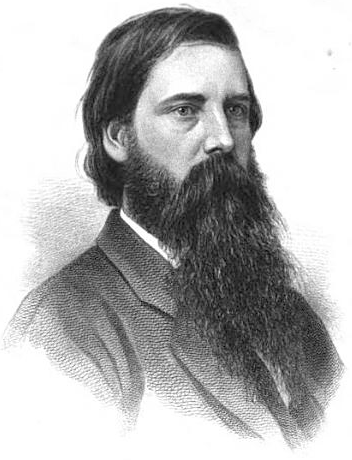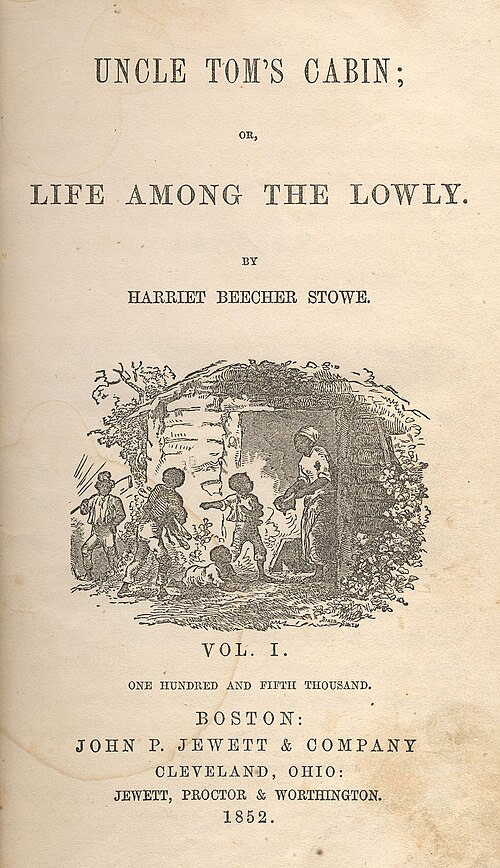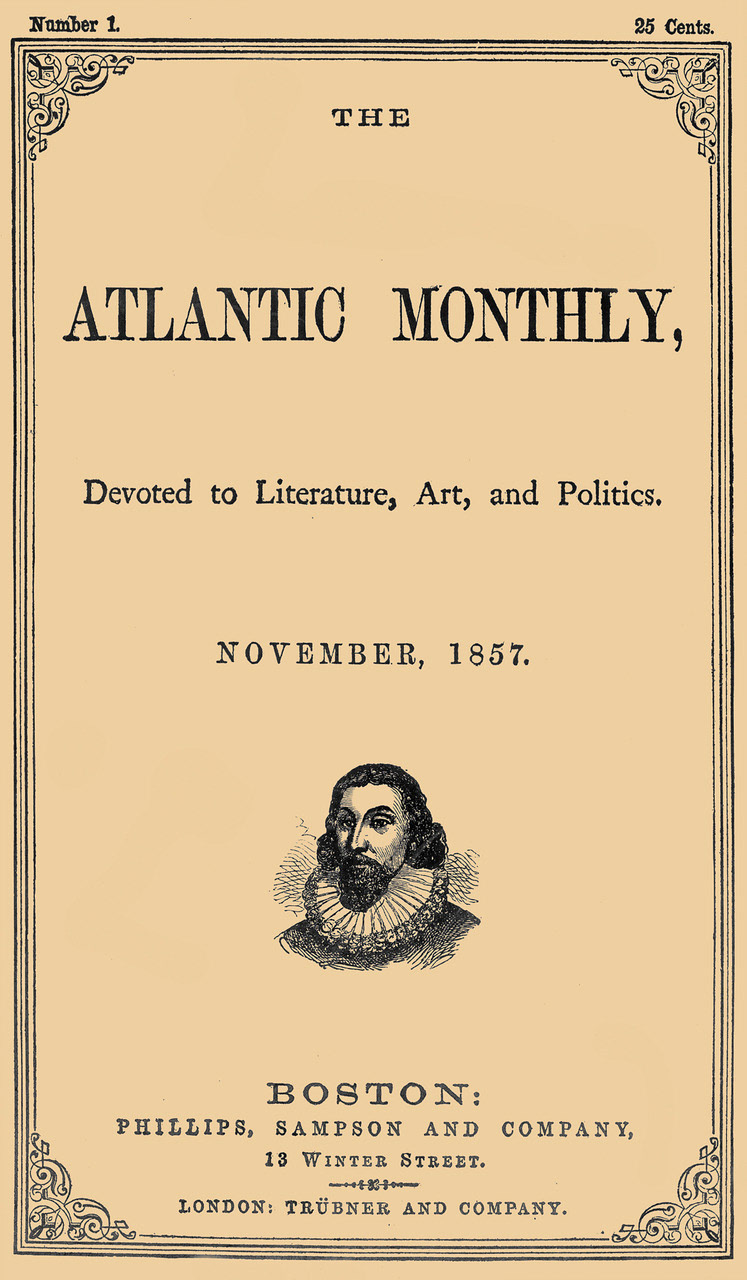The period of 1828 to 1865 is considered the “Golden Age” of American literature, with Boston as a major American publishing hub, second only to New York City. Publishing houses dotted the city, and daily sightings of legendary authors such as Ralph Waldo Emerson, Henry Wadsworth Longfellow, Oliver Wendell Holmes Sr. and James Russell Lowell was commonplace.
We meet William Lee: A gifted publisher with a photographic memory and talent for selling. William’s star rises at Philips, Sampson and Company, which quickly becomes the top publisher in town. The pressures of balancing the demands of his career and his relationship with a strong willed abolitionist start to wear on William. Participating in a historic opportunity to publish “The Atlantic Magazine” and a career ending blunder of turning down the opportunity to publish “Uncle Tom’s Cabin”, his life begins to unravel.
A trip to France offers William a renewed mission, and a case of mistaken identity lands him in a French prison for twelve days.
Upon returning to Boston, William starts his own publishing house and marries his beloved. The firm of Lee and Shepard finds its calling, eschewing high-brow literary projects for popular fiction amongst children and young adult readers.
The film culminates with William nearly losing his business to the Great Boston Fire, and the tragic death of his beloved Wife who tries to help him save it. Pulling himself back from the depths of despair, William continues his mission to publish works that serve social and political causes and helps the recently deposed Queen of Hawaii share her story with the world.


